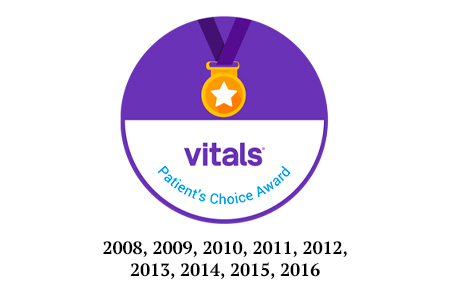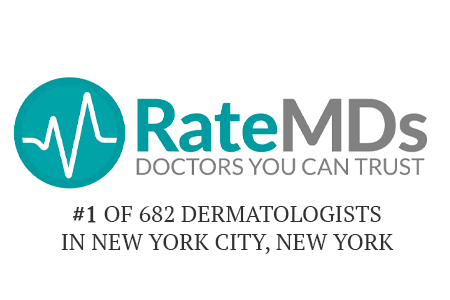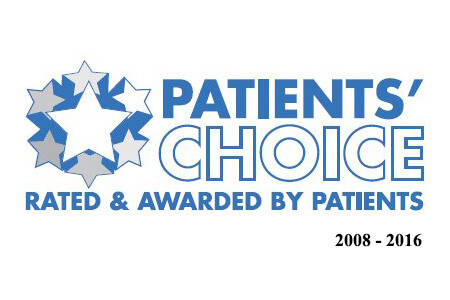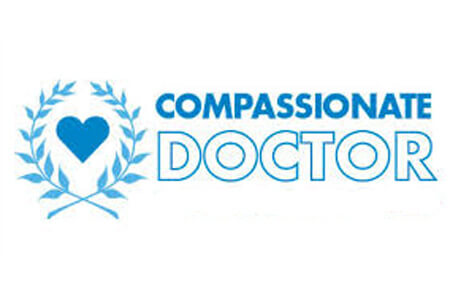What are facial warts?
Facial warts can occur on anyone at any age. For some, they may be problematic, especially if they develop in clusters or are large and unsightly. At SkinProvement Dermatology New York in New York, New York, patients who visit our Board-certified dermatologist, Dr. Stephen Comite, often seek to have these growths diagnosed and removed.
What treatments are available?
Treatment for facial warts will vary depending on the type of wart, the location of the wart, and the size. If recurrence has happened, a different treatment may be recommended.
Let’s learn more about the various types of facial warts that can grow on the skin, how they can be treated, and ways to prevent them in the future.
What are some of the types of warts that can develop on the face?
Warts on the face may form into:
- Flat warts. Flat warts are most common in areas with cuts or scratches in the skin. Because of this, they are often seen on areas of the body where men and women often shave, such as the face or legs. These warts are often smooth, have a fat top, and may develop in small clusters
- Filiform warts. With filiform warts, they have a different presentation than flat warts. They often have an appearance that looks thread-like or even spiky. Filiform warts often develop quickly and grow in areas on the face, specifically around the eyes, nose, and mouth
What are some methods of treatment or removal of facial warts?
- Medical treatments. Certain medical treatments may be recommended for patients, including cryotherapy, immunotherapy, and surgical removal
How can I prevent facial warts from forming?
Because warts are contagious, it is important that you prevent the transmission and contraction of warts elsewhere on your own body or onto another individual.
Below are a few prevention recommendations to avoid or reduce the potential risk of spread:
- Avoid touching another’s warts
- Avoid sharing personal care items such as nail clippers, towels, or clothing from those with warts
- Cover warts with a bandage to reduce the risk of transmission
- Avoid biting fingernails on fingers with warts
- Avoid picking or scratching at the wart
- Treat any nicks or cuts on the face as soon as possible to avoid spread
BOOK AN APPOINTMENT
When should I see a doctor for a wart?
Since home treatment remedies often do not alleviate the issue, consider a consultation with our board-certified dermatologist about removing the wart. This is especially important if you notice any of the following concerns:
- Spreading
- Discomfort
- Leaking of fluids
- Bleeding
- Changes in size, shape, color, or texture
- Recurrence after removal
Are you looking for treatment for facial warts with a professional in your area?
Our team at SkinProvement Dermatology New York proudly serves patients in and around Grand Central and Manhattan, New York.
Call Dr. Stephen Comite, our board-certified and Ivy League-trained dermatologist, at (212) 933-9490 to request a visit at 110 East 40th Street, Suite #402.
Share this Article
Back to Warts Page














